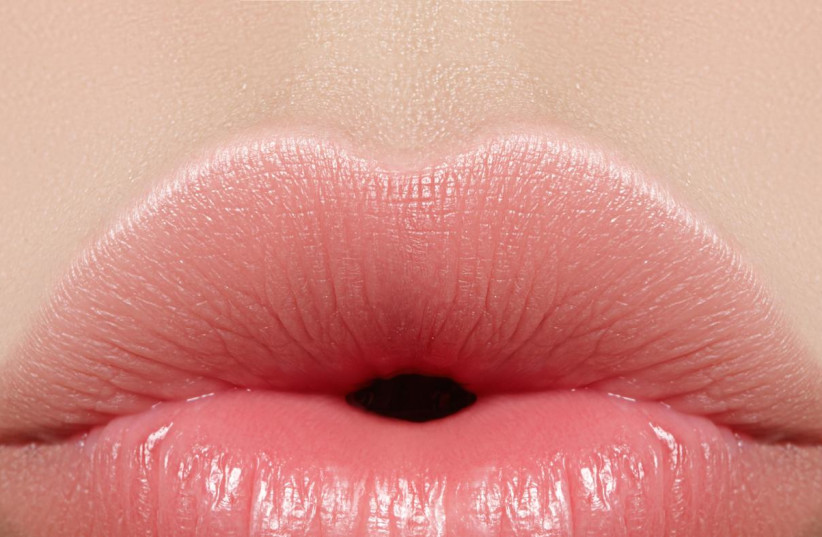Lip injections, changing the size of your lips through hyaluronic acid injections, is the most popular cosmetic procedure in the world. It caters to a wide age range, from 16-year-olds with parental consent to 70-year-olds, all seeking to enhance the shape and thickness of their lips. Dr. Moshe Rosen lists the five mistakes women often make during lip augmentation that should be noted:
Avoiding annual lip filler appointments to save money and opting for silicone injections instead
Although silicone lip injections are still permitted by the Israeli Health Ministry, the associated risks cannot be ignored. Unlike hyaluronic acid, silicone is a permanent filler that can only be removed surgically.
Conversely, complications arising from hyaluronic acid injections, such as lumps, asymmetry, or infection, can be effectively addressed by injecting hyaluronidase, a contrasting substance that dissolves the acid within 72 hours.
Removing silicone, on the other hand, presents significant challenges, including silicone migration and the development of visually prominent lumps.

Overlooking the significance of the injection method while focusing on the substance
Various injection methods are available for lip augmentation. The papillon method (also known as the Russian method) has gained popularity in recent years due to its ability to create a natural and non-swollen appearance with minimal lumps. Another widely used technique involves cannula injections, which are quick and convenient but offer limited lip-shaping capabilities.
Additionally, dividing hyaluronic acid injections into two sessions, with a few weeks in between, can reduce lip trauma, aid in recovery, and enhance results. The method of anesthesia used before treatment also significantly impacts the overall experience, with local anesthetic injections proving to be more comfortable for patients.
Assuming the treatment is finished after getting your lip filler injected. The recovery process is ongoing.
Hyaluronic acid is a filler that absorbs water, making hydration crucial to its longevity. Lips are highly active organs involved in eating, drinking, laughing, smiling, and other facial expressions. These actions are facilitated by the orbicularis oris muscle, which surrounds the lips and undergoes hundreds or even thousands of contractions each day. Consequently, the breakdown of hyaluronic acid within the lips accelerates.
To maximize the longevity of the filler, it is essential to drink at least two liters of water daily, avoid lip injuries from peeling or biting, prevent excessive licking that causes dryness, and apply dedicated lip sunscreen in the morning and moisturizer in the evening. Mental and physical stress also affect recovery and the duration the acid remains in the body. Factors such as tension, inadequate sleep, or an unhealthy diet can impede proper healing.

Forgetting that your lips are delicate and need special care.
Like any tissue, lips have limited elastic capacity. Excessive stretching by adding excessive filler can lead to the acid overflowing and causing a "duck-like" appearance.
The field of aesthetic medicine emphasizes natural results, aiming for larger yet flatter lips. Incorrect injection techniques, using inappropriate substances, frequent injections without adequate recovery time, and disregarding the attending physician's instructions can all contribute to undesired outcomes.
Not considering that your upper lip might become disproportionate with your lower lip.
While desiring more volume in the lips, it is crucial to consider overall facial harmony and proportionality. Adding excessive volume in a short period can disrupt the balance between the upper and lower lips and other facial features, potentially resulting in an unnatural or disproportionate appearance. Ideally, lips should have a presence, be symmetrical, and not overpower other facial organs. Traditionally, the lower lip should be approximately one and a half times larger than the upper lip. However, with evolving beauty ideals influenced by filters and social media, an upper lip of equal size to the lower lip is increasingly considered acceptable. It is important to consult with a doctor to assess the necessity for additional syringes.
Dr. Moshe Rosen, a 34-year-old graduate of the University of Florence, Italy, specializes in aesthetic medicine and oversees aesthetic clinics in Tel Aviv and Jerusalem.
